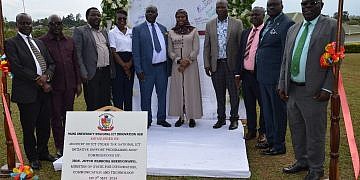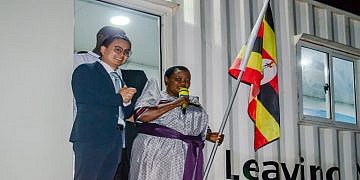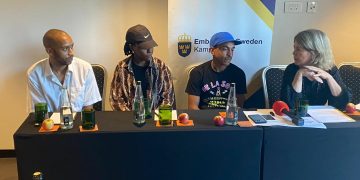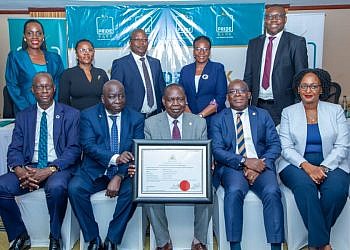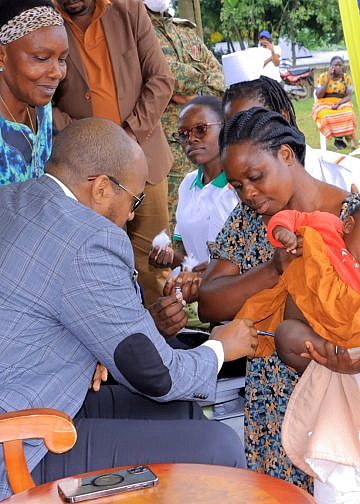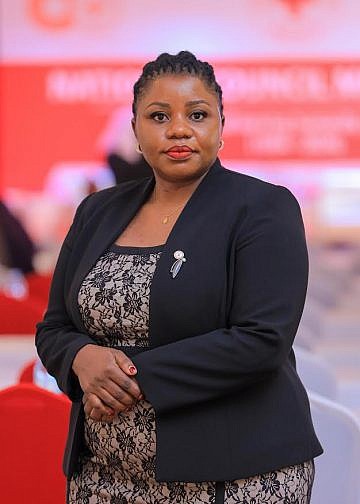Pope Francis was on Easter Monday declared dead by the Vatican at the age of 88.
In this article, we give a break down of the protocol that precedes the Pope’s death.
When a Pope dies, the Vatican enters a solemn and structured period of transition known as sede vacante, Latin for “the seat is vacant.”
This marks the official end of the deceased Pope’s papacy and the beginning of preparations for his burial and the election of a new pontiff.
The first major responsibility falls to the Camerlengo, the official who temporarily oversees the day-to-day affairs of the Vatican.
While the Camerlengo ensures the Church continues to function administratively, no major decisions or changes can be made until a new Pope is elected.
A significant focus during these early days is preparing for the Pope’s funeral, which must take place within four to six days of his death.
The funeral is a highly ceremonial event, often attended by thousands, including world leaders, Catholic faithful, and all members of the College of Cardinals. The burial typically takes place in the grottoes beneath St. Peter’s Basilica.
Following the funeral, the Church enters a nine-day mourning period called the Novemdiales. During this time, daily Requiem Masses are celebrated usually by senior cardinals to pray for the soul of the deceased Pope.
It is also customary for Catholics around the world to pray the Our Father, Hail Mary, Glory Be, and the Rosary for the Pope’s eternal rest.
Meanwhile, preparations are underway for the conclave the secretive and sacred gathering of the College of Cardinals. This conclave must begin within 15 to 20 days after the Pope’s death.
The cardinals will convene in the Sistine Chapel to elect the new Pope, signaling the end of sede vacante and the beginning of a new papacy.



